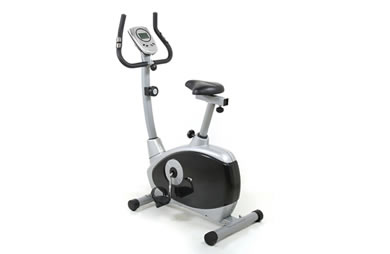Whether you're a beginner or an athlete, there's one thing most everyone can agree on when it comes to exercise: You can't beat a good walk. According to the Centers for Disease Control and Prevention, putting one foot in front of the other is one of the best ways to get moving and reap the many health benefits of exercise. In fact, if you’re looking to enhance your workout routine, you don’t need to necessarily give up walking. With the following expert-approved tips, you can transform a traditional walk into a full-body workout to get even more out of those steps.
1. Incorporate strength training.
To enhance a typical walk, add one or two strength training exercises at regular intervals—about every 10 minutes or so. Bodyweight moves like pushups and walking lunges are both excellent choices, but you can also carry a lightweight resistance band for moves like banded squats, notes Erin Mahoney, author, personal trainer and founder of EMAC Certifications. Choose three to four exercises for a 60-minute walk, then complete each exercise for eight to 12 reps (if you want to put on muscle) or 12 to 20 reps (if you want to increase muscular endurance), she recommends.
2. Add weight.
According to Mahoney, a weighted vest will “distribute weight higher up [on your body], forcing you to use your legs more when you walk.” This will not only burn more calories but target your lower body muscles, too. Another option is to bring along light dumbbells to engage your shoulders and biceps while walking or completing strength intervals. When adding weight, it is important that you are extra cognizant of your walking form to avoid compensations or improper form that could lead to injury.
3. Do a light jog.
Adding a light jog will keep things interesting and challenge your body. “Since you have to propel yourself forward with more force [while jogging,] your glutes and hamstrings will build strength,” Mahoney explains. Then, as you land on your front leg, your quads will absorb the impact and get stronger, too. A light jog also challenges your inner and outer thighs more than a traditional walk, as jogging forces them to stabilize the knee, says Mahoney. You can add jogging intervals at any point during your walk to increase your heartrate and your focus.
4. Sprint it out.
Break up your walk with short 30-second sprints, suggests Mahoney. “This will build lower body strength and [increase] your heart rate,” she adds. Sprint intervals are also excellent if you’re short on time and want to get the most bang for your buck. New to sprints? Start with 10-second sprints paired with long recoveries, then slowly increase the sprint time from there.
5. Walk on an incline.
Plan your walk to include a sloping hill or street. It’s an easy way to challenge your lower body muscles (like the glutes and calves) while raising your heart rate. If your neighborhood is void of noteworthy slopes, a flight of stairs will do. In either setting, the incline will force your body to work at a high intensity, ultimately infusing your walk with a challenging twist.
6. Listen to upbeat music.
This tip is less about your workout technique and more about your environment. By listening to high tempo music, Mahoney says, you’ll subconsciously motivate yourself to walk faster. While you’re at it, go for music that puts you in a good mood, whether that includes pop songs or Broadway tunes. No more boring walks!













